Introduction
Black sesame seeds, known for their rich, nutty flavor and numerous health benefits, are a staple in many cuisines worldwide. From being a key ingredient in traditional Asian dishes to being a popular addition to baked goods and smoothies, these tiny seeds pack a powerful punch of nutrition and taste. One of the simplest yet most rewarding ways to enjoy black sesame seeds is by toasting them. Toasting not only enhances their aroma and flavor but also brings out a deeper, more complex nuttiness that can elevate any dish.
In this comprehensive guide, we will delve into the art of toasting black sesame seeds perfectly. We’ll cover everything from selecting the right seeds to storing them after toasting, ensuring you end up with a batch of delicious, crunchy seeds that you can use in various recipes.
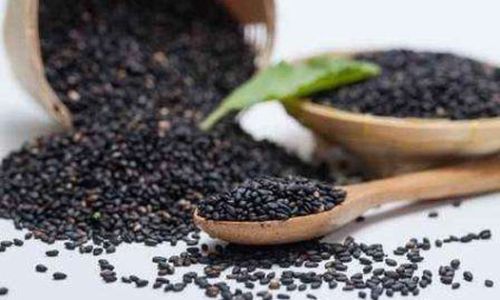
Chapter 1: Understanding Black Sesame Seeds
Before we dive into the toasting process, it’s essential to understand what makes black sesame seeds unique and why they are so highly valued.
1 Nutritional Benefits
Black sesame seeds are a nutrient-dense food, packed with essential vitamins and minerals such as calcium, iron, magnesium, zinc, and copper. They are also a rich source of healthy fats, primarily unsaturated fats that are beneficial for heart health. Additionally, black sesame seeds contain antioxidants like lignans and sesamolin, which can help protect cells from damage and reduce inflammation.
2 Culinary Uses
In the culinary world, black sesame seeds are incredibly versatile. They can be used whole, ground into a paste (tahini-like), or made into a black sesame oil. Whole seeds are often sprinkled on top of dishes for a burst of flavor and texture, while ground seeds are used in pastes and sauces. Black sesame oil, with its strong, distinct flavor, is perfect for drizzling over noodles, rice, or stir-fries.
3 Varieties and Origins
Black sesame seeds can vary slightly in taste and appearance depending on their origin. Some of the most popular varieties come from China, India, and Japan. Chinese black sesame seeds are known for their rich, slightly sweet flavor, while Indian varieties might have a more robust, nutty taste. Japanese black sesame seeds are often used in traditional sweets and desserts, where their delicate flavor shines.
Chapter 2: Selecting High-Quality Black Sesame Seeds
To ensure you get the best results when toasting black sesame seeds, it’s crucial to start with high-quality seeds. Here are some tips for selecting the best ones.
1 Freshness
Like any other ingredient, freshness is key when it comes to black sesame seeds. Look for seeds that are shiny and have a uniform black color. Avoid seeds that look dull, discolored, or have visible signs of mold or insects.
2 Origin and Brand
Choose seeds from a reputable brand or supplier. If possible, opt for organic seeds to avoid any potential pesticides or chemicals. Knowing the origin of your seeds can also give you an insight into their flavor profile and quality.
3 Storage Conditions
Before buying, check the packaging to ensure it is airtight and moisture-proof. Proper storage is crucial to maintain the freshness and quality of black sesame seeds. Once you bring them home, store them in a cool, dark place in an airtight container.
Chapter 3: Preparing for Toasting
Now that you have your high-quality black sesame seeds, it’s time to prepare for the toasting process. Here are some essential steps and tips.
1 Rinsing and Drying
While some recipes call for rinsing the seeds before toasting, this step is optional. If you do decide to rinse them, make sure to dry them thoroughly. Moisture can cause the seeds to steam instead of toast, leading to an unpleasant texture and flavor.
2 Equipment
You’ll need a few basic pieces of equipment to toast your black sesame seeds:
- A dry, heavy-bottomed skillet or frying pan
- A spatula or wooden spoon for stirring
- A heatproof bowl or tray for cooling
3 Setting Up Your Workspace
Choose a well-ventilated area to toast your seeds, as the process can produce a strong, nutty aroma. Also, have your cooling bowl or tray ready nearby to quickly transfer the seeds once they are toasted.
Chapter 4: The Toasting Process
Now, let’s get into the heart of the matter – how to toast black sesame seeds perfectly. We’ll cover two methods: stovetop toasting and oven toasting.
1 Stovetop Toasting
Stovetop toasting is the more traditional method and offers better control over the toasting process. Here’s how to do it:
Step 1: Preheat the Pan
Place your dry, heavy-bottomed skillet or frying pan over medium-low heat. Preheating the pan ensures that the seeds start toasting evenly from the moment they hit the surface.
Step 2: Add the Seeds
Once the pan is warm, add your black sesame seeds in a single layer. Avoid overcrowding the pan, as this can cause the seeds to steam rather than toast.
Step 3: Stir Constantly

Use a spatula or wooden spoon to stir the seeds continuously. This ensures they toast evenly and prevents any from burning. Keep the heat low to medium-low to avoid scorching.
Step 4: Watch for Changes
As the seeds toast, they will start to turn a deeper shade of black and release a nutty aroma. The key to perfect toasting is to catch them just before they reach the point of burning. This can happen quickly, so stay vigilant.
Step 5: Remove from Heat
Once the seeds are evenly toasted and fragrant, quickly remove them from the heat and transfer them to your cooling bowl or tray. The residual heat will continue to toast the seeds slightly, so it’s important to remove them before they are perfectly toasted in the pan.
2 Oven Toasting
If you prefer a more hands-off approach, oven toasting is a great alternative. Here’s how to do it:
Step 1: Preheat the Oven
Preheat your oven to 325°F (165°C). Spread your black sesame seeds in a single layer on a baking sheet lined with parchment paper.
Step 2: Toast in the Oven
Place the baking sheet in the preheated oven and toast for 5-7 minutes, stirring halfway through to ensure even toasting. Keep a close eye on the seeds, as oven temperatures can vary, and they can burn quickly.
Step 3: Check for Doneness
Remove the baking sheet from the oven and check the seeds for doneness. They should be a deeper shade of black and fragrant. If they are not quite toasted enough, return them to the oven for an additional 1-2 minutes, watching carefully to avoid burning.
Step 4: Cool and Store
Once toasted, transfer the seeds to your cooling bowl or tray and let them cool completely. Once cooled, store them in an airtight container in a cool, dark place.
Chapter 5: Tips for Perfect Toasting
Toasting black sesame seeds perfectly takes practice, but these tips can help you achieve consistent results.
1 Smell and Sound
Pay attention to the aroma and the sound of the seeds as they toast. The nutty aroma should become increasingly strong, and you should hear a faint crackling sound as the seeds toast.
2 Avoid Overtoasting
It’s easy to overtoast black sesame seeds, especially if you’re not paying close attention. Once they start to turn too dark or develop a burnt smell, they are past their prime. Err on the side of caution and remove them from heat slightly before you think they are done.
3 Batch Size
Toasting in smaller batches ensures better control over the process and more even toasting. If you need to toast a large amount, divide the seeds into smaller portions and toast them separately.
Chapter 6: Using Toasted Black Sesame Seeds
Now that you have perfectly toasted black sesame seeds, it’s time to enjoy them. Here are some delicious ways to use them.
1 Sprinkling on Dishes
Toasted black sesame seeds make a beautiful and flavorful garnish for a wide variety of dishes. Sprinkle them on top of salads, soups, stir-fries, rice, and noodles for an instant burst of flavor and texture.
2 Baking and Cooking
Incorporate toasted black sesame seeds into your baking recipes. They can be added to bread dough, muffins, cookies, and cakes for a nutty, crunchy twist. They also make a great addition to homemade granola.
3 Making Black Sesame Paste
Grind toasted black sesame seeds into a paste using a food processor or blender. This paste, known as goma-do in Japanese cuisine,
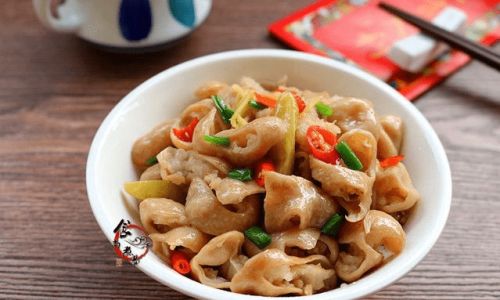

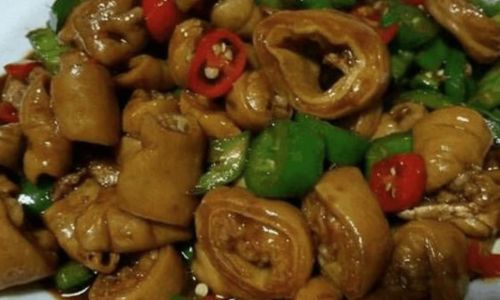
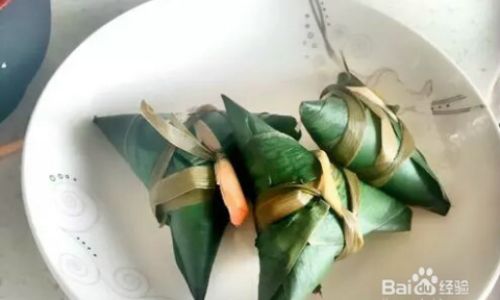
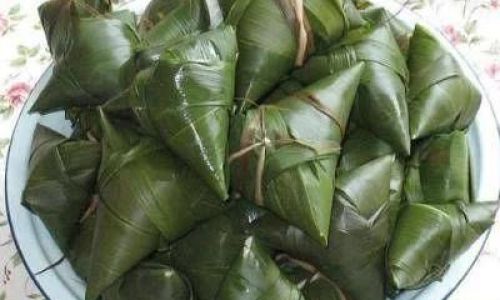
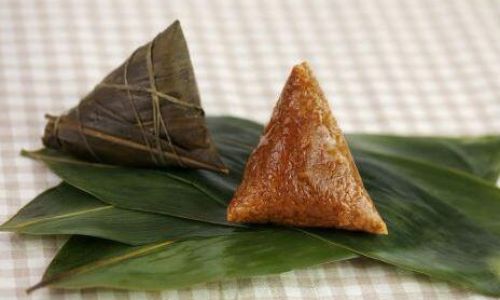
0 comments